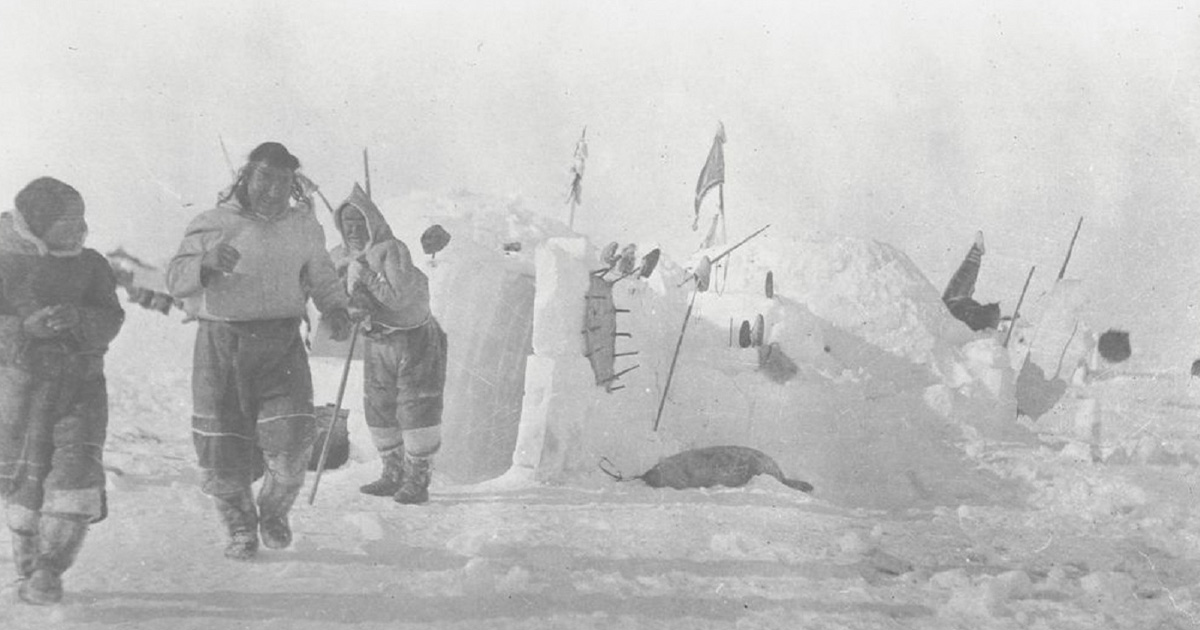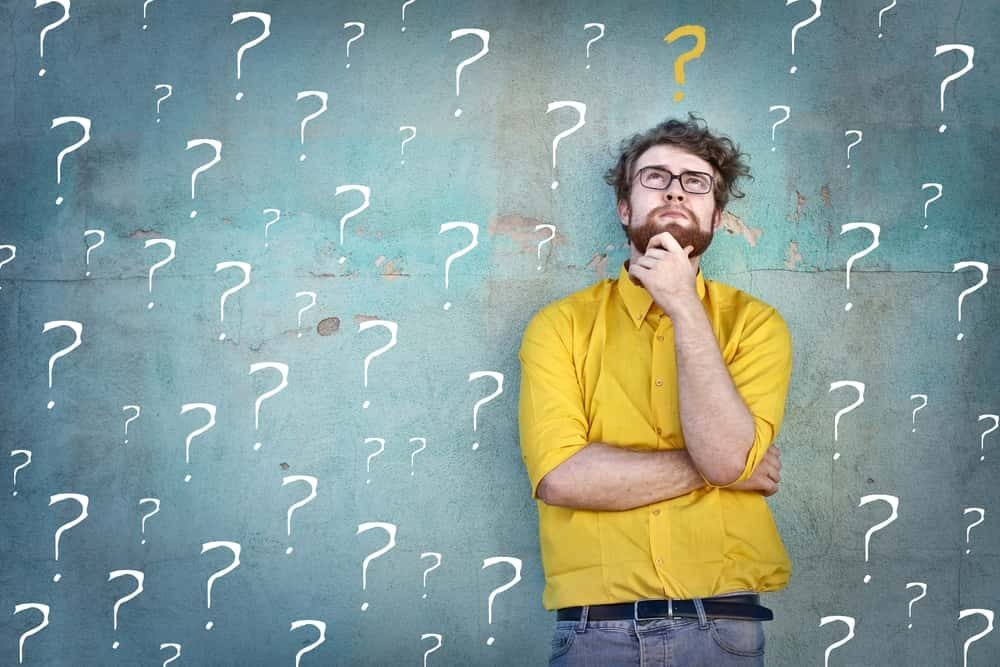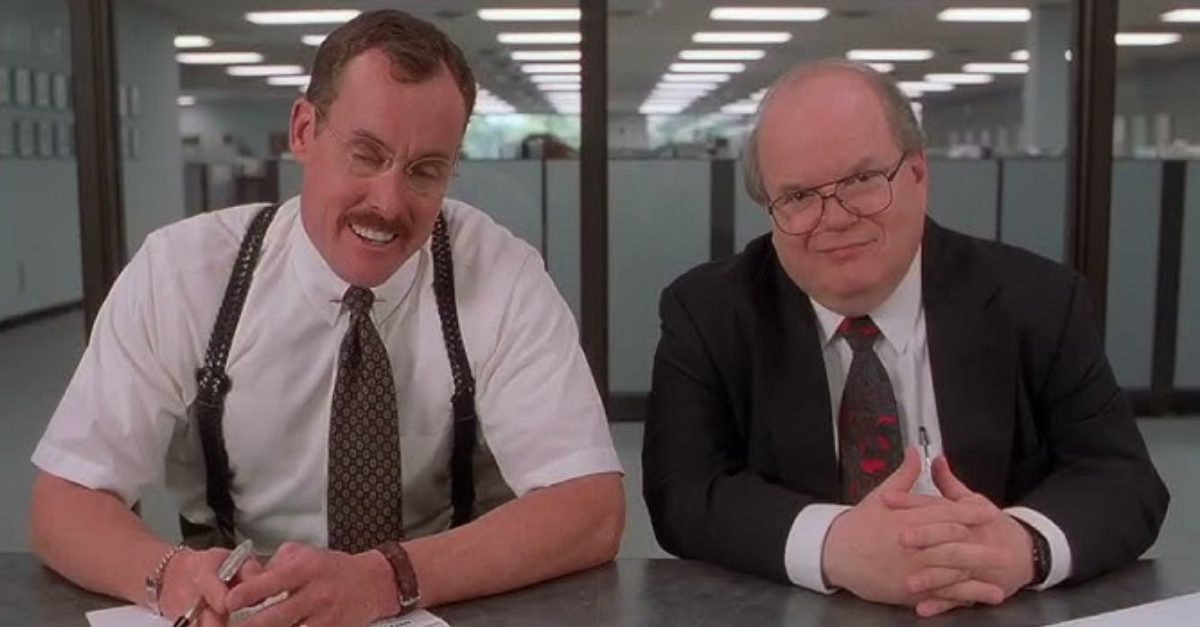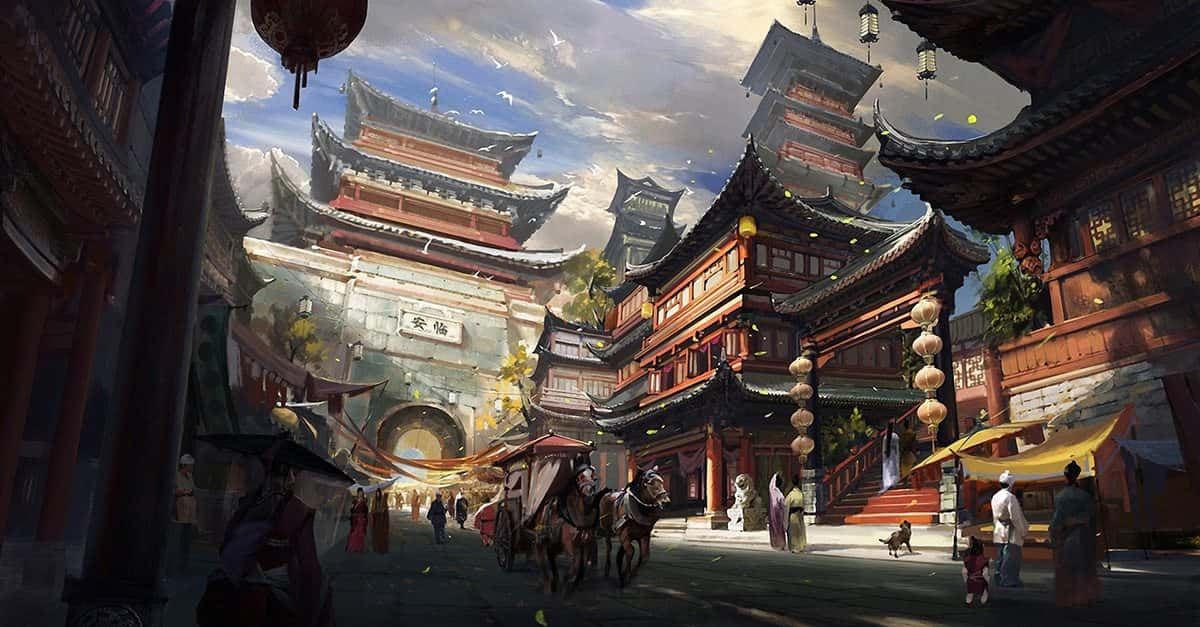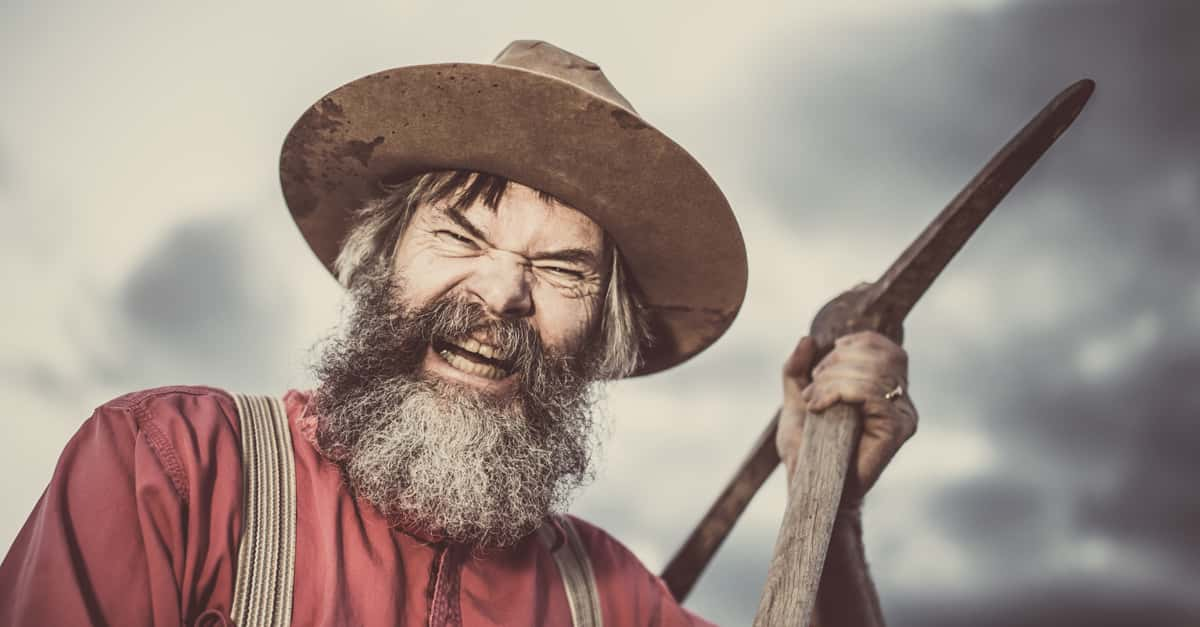The Legend of the Disappearing Inuit Village
Back in 1930, fur trappers passed through a small village in Northern Canada and made a grueling, and unexplainable discovery—one that still remains one of America’s most intriguing mysteries today.

Angikuni Lake
Angikuni Lake is a lake in Kivalliq Region, Nunavut—part of Northern Canada’s most extreme climate, and home to only a handful of tribes native to the area.
 Nicolas Perrault II , Wikimedia Commons
Nicolas Perrault II , Wikimedia Commons
A Typical Day
Back in 1930, on a cold November day, Canadian fur trapper Joe Labelle was traveling near Angikuni Lake—a trip he had taken numerous times.
 Nicolas Perrault II, Wikimedia Commons
Nicolas Perrault II, Wikimedia Commons
The Welcoming Village
Labelle was aware of a small Inuit village, who had always welcomed the fur trappers who passed through occasionally, as he had visited them before.
But this time, something was different.
 Canadian Museum of History, CC-BY-SA-4.0, Wikimedia Commons
Canadian Museum of History, CC-BY-SA-4.0, Wikimedia Commons
The Discovery
Labelle had approached the village in hopes of finding lodging for the night—a common courtesy given by the Inuit people to fur trappers who often gave them things in return for a warm place to lay their head.
 U.S. Fish and Wildlife Service, Wikimedia Commons
U.S. Fish and Wildlife Service, Wikimedia Commons
A Concerning Silence
Upon arriving, Labelle noticed the entire village was eerily quiet. Not a single person could be seen or heard, and things had appeared to be left “unfinished.”
 Canadian Museum of History, CC-BY-SA-4.0, Wikimedia Commons
Canadian Museum of History, CC-BY-SA-4.0, Wikimedia Commons
Findings
Labelle found unfinished shirts that still had needles in them and food hanging over fire pits, indicating that these projects and tasks were suddenly abandoned.
 Canadian Museum of History, CC-BY-SA-4.0, Wikimedia Commons
Canadian Museum of History, CC-BY-SA-4.0, Wikimedia Commons
A Smoldering Fire
Huts were stock piled with food and personal possessions, and a fire pit was left still smoldering, signifying that their departure had been somewhat recent—though it was common for fires to be kept continuously burning, so the smoldering pit may not be a reliable source of time.
 J. C. Cantwell, Wikimedia Commons
J. C. Cantwell, Wikimedia Commons
No Evidence of Life
Aside from what appeared to be a sudden exit, Labelle did not find any signs of struggle. Nothing was broken or ransacked, and there was no blood—or any evidence at all of human life.
 Government Printing Office, Wikimedia Commons
Government Printing Office, Wikimedia Commons
The Sled Dogs
Labelle, who had been here before, quickly turned his attention to the whereabouts of the tribe’s dogs—an important and valued part of the Inuit community.
 U.S. Fish and Wildlife Service, Wikimedia Commons
U.S. Fish and Wildlife Service, Wikimedia Commons
Tracking
As an experienced trapper, Labelle couldn’t find any sort of tracks leading in or out of the village, but he continued to walk the permitter looking for anything that could explain the whereabouts of the people.
Until he made a disturbing discovery.
 Canadian Museum of History, CC-BY-SA-4.0, Wikimedia Commons
Canadian Museum of History, CC-BY-SA-4.0, Wikimedia Commons
The Gravesite
Not far from the village, Labelle came across what appeared to be a shallow man-made grave framed with undisturbed stones.
Suddenly on high alert, he continued to canvass the area, and that’s when he saw it.
 Liam Quinn, CC-BY-SA-2.0, Wikimedia Commons
Liam Quinn, CC-BY-SA-2.0, Wikimedia Commons
The Worst Part
Labelle found seven, lifeless sled dogs, some huddled together and others not far away. It was determined that the dogs had passed due to starvation.
 Canadian Museum of History, CC-BY-SA-4.0, Wikimedia Commons
Canadian Museum of History, CC-BY-SA-4.0, Wikimedia Commons
Making a Connection
At this point, Labelle knew something was terribly wrong. He knew that an animal could not be responsible for the death of the dogs because there was no sign of a fight and the dogs did not have any visible wounds.
 Louisiana Purchase Exposition Co., Wikimedia Commons
Louisiana Purchase Exposition Co., Wikimedia Commons
Reporting the Findings
Labelle reported his findings to the authorities, who, Labelle says conducted a search for the missing people after finding the bodies of the dogs and confirming everything he had told them.
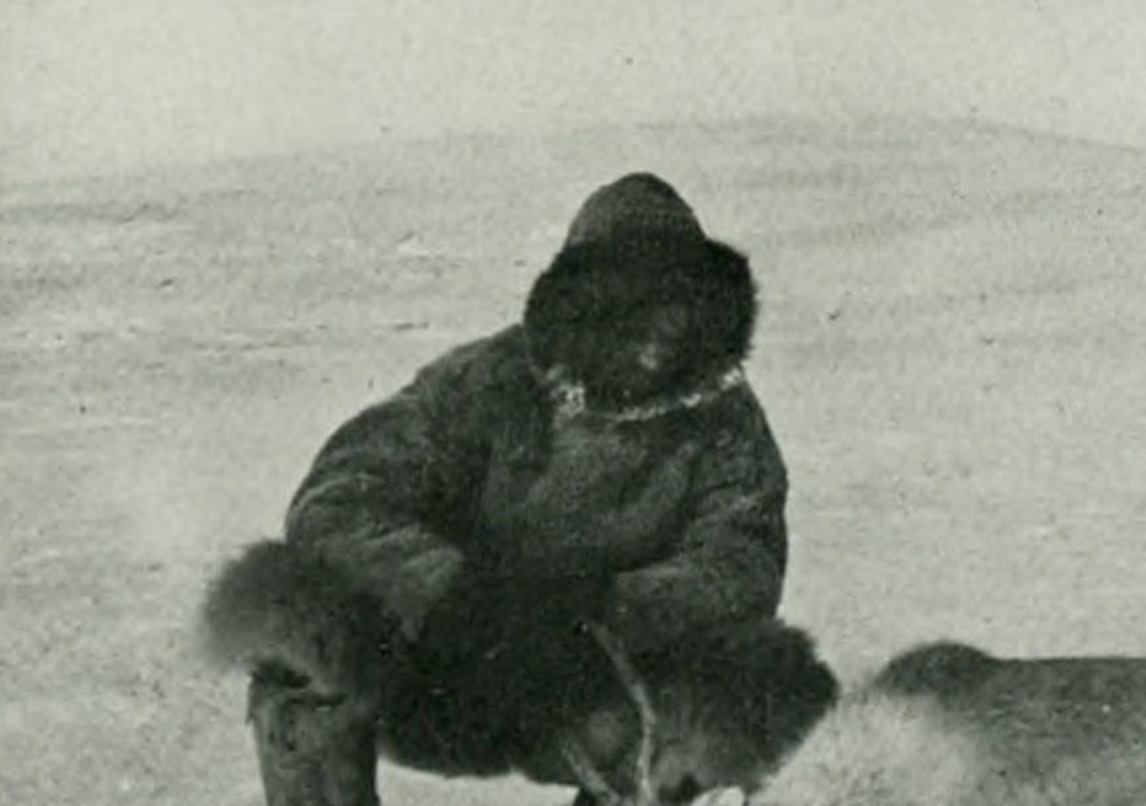 Internet Archive Book Images, Wikimedia Commons
Internet Archive Book Images, Wikimedia Commons
The Search
After days of searching, the authorities were unable to find any trace of human life—most importantly, that of the missing Inuit villagers.
But they did find something else.
 Unknown Author, Wikimedia Commons
Unknown Author, Wikimedia Commons
More Findings
At first, authorities were skeptical of Labelle’s story. It was widely assumed that the village had relocated. That is, until they found more possible belongings.
 Canadian Museum of History, CC-BY-SA-4.0, Wikimedia Commons
Canadian Museum of History, CC-BY-SA-4.0, Wikimedia Commons
The Kayaks
Kayaks had remained on the beach nearby, meals still hung over cold cooking fires, and numerous valuables and necessities remained exactly in their place.
Why would the villagers leave without any of their things?
 Canadian Museum of History, CC-BY-SA-4.0, Wikimedia Commons
Canadian Museum of History, CC-BY-SA-4.0, Wikimedia Commons
Adding Up the Details
Authorities continued to search, and additional people were brought in to help solve this intriguing mystery.
And eventually, some “red flags” were raised.
 Internet Archive Book Images, Wikimedia Commons
Internet Archive Book Images, Wikimedia Commons
Holes in the Story
There are apparently a number of things about Joe Labelle’s story that raised some red flags, drastically changing the direction of the search.
 Canadian Museum of History, CC-BY-SA-4.0, Wikimedia Commons
Canadian Museum of History, CC-BY-SA-4.0, Wikimedia Commons
Red Flag #1
For one thing, it happened in November, when average temperatures are 13 degrees below freezing—meaning the lake would have been frozen.
This debunks Labelle’s details about the kayaks.
An Impossible Detail
Labelle had apparently told authorities that the kayaks were “battered by wave action”, indicating they may have been out on the lake during their disappearance. But this could not have been possible.
 Alaska, Western Canada and United States Collection, Picryl
Alaska, Western Canada and United States Collection, Picryl
Getting Specific
The very presence of kayaks being so far inland is suspect, however, but not impossible. Migratory Inuit would often portage to hunt caribou—but Angikuni Lake is landlocked so far inland, and the type of material used on these kayaks (sealskin) is not typically available in that area.
This could indicate that the kayaks did not belong to this particular Inuit tribe at all.
 English: Eric A. Hegg Photographs, Picryl
English: Eric A. Hegg Photographs, Picryl
Red Flag #2
Labelle also described a permanent settlement, a “friendly little Eskimo village of about thirty inhabitants” that he’d “known for many years.”
But the authorities have an issue with this statement, too.
 Photographic Archives, CC-BY-SA-4.0, Wikimedia Commons
Photographic Archives, CC-BY-SA-4.0, Wikimedia Commons
The Remote Location
Apparently, a village tribe of that size would not have existed in such a remote, inland area. They had left sealskin garments behind, in a region where there was caribou hide rather than sealskin.
So, either Labelle—a seasoned fur trapper—misidentified things, or perhaps the authorities were wrong.
 Photographic Archives, CC-BY-SA-4.0, Wikimedia Commons
Photographic Archives, CC-BY-SA-4.0, Wikimedia Commons
A Confusing Sequence
In fact, the details of this entire event seem to change based on the source presenting the information. Numerous publications have been written and the sequence of events doesn’t seem to follow a similar pattern in any of them.
 Photographic Archives, CC-BY-SA-4.0, Wikimedia Commons
Photographic Archives, CC-BY-SA-4.0, Wikimedia Commons
A Lack of Evidence
Today, there is no evidence that the village existed at all. Once the authorities hit a dead end, they closed the book. All images found relating to the story are of generic Inuit villages and people.
 Canadian Museum of History, CC-BY-SA-4.0, Wikimedia Commons
Canadian Museum of History, CC-BY-SA-4.0, Wikimedia Commons
A Lack of Sources
The articles written about the event do not have any sources, other than Joe Labelle himself. And unfortunately, Labelle didn’t have anyone else with him during his initial visit to the village.
 Parry, William Edward, Wikimedia Commons
Parry, William Edward, Wikimedia Commons
More Red Flags
A year after the discovery, the RCMP released an investigation that revealed some more red flags involving Joe Labelle—the first being his employment location.
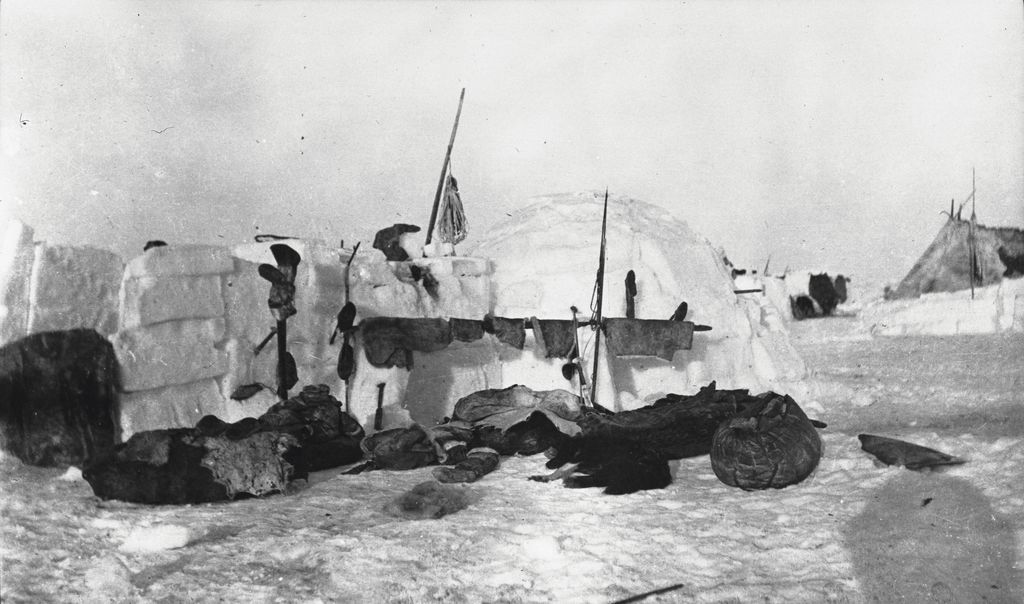 Photographic Archives, CC-BY-SA-4.0, Wikimedia Commons
Photographic Archives, CC-BY-SA-4.0, Wikimedia Commons
Red Flag #3
According to other local traders, Joe Labelle was a real person, but he worked only in northern Manitoba—a rather challenging distance from Lake Angikuni in Nunavut.
 Canadian Museum of History, CC-BY-SA-4.0, Wikimedia Commons
Canadian Museum of History, CC-BY-SA-4.0, Wikimedia Commons
Completely Unheard Of
Upon further investigation, no one in the area had even heard of this village, or its apparent disappearance—leading some to believe the entire thing was a hoax.
 Photographic Archives, CC-BY-SA-4.0, Wikimedia Commons
Photographic Archives, CC-BY-SA-4.0, Wikimedia Commons
A Forgotten Event
For the next 28 years, things were quiet. There were no new publications at all, and the entire event remained unheard of—until 1959 when a book was released.
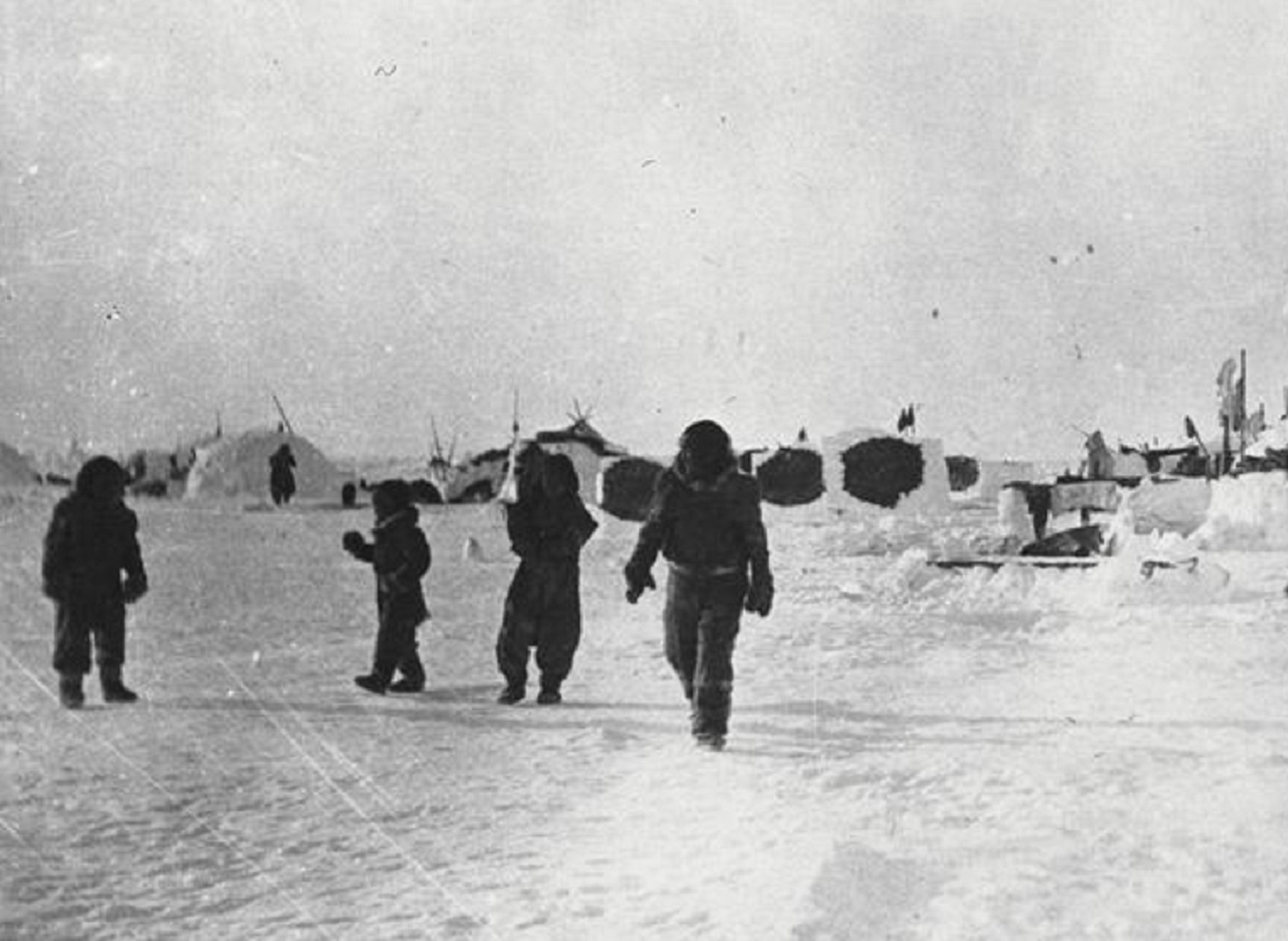 Photographic Archives, CC-BY-SA-4.0, Wikimedia Commons
Photographic Archives, CC-BY-SA-4.0, Wikimedia Commons
A Brief Mention
Frank Edwards released a book devoting three short pages to Jow Labelle’s encounter. He offered no sources, and didn’t mention any previous publications.
A Sudden Interest
It didn’t seem to get too much acknowledgment—until 17 years later, when an interested writer dug deep into the details and arrived at a likely conclusion, with new information.
New Information
In 1976, a man named Dwight Whalen wrote a cover story in FATE Magazine called “Vanished Village Revisited”, where he noted earlier publications, as well as some new—and disturbing—information.
RCMP Denial
Whalen reported that when he called the RCMP personally, looking for more information, they completely denied that this event ever took place, citing that they had no record of any such thing.
A Tenacious Tale
Whalen then concluded that the entire story was made up by Joe Labelle, who may have stumbled upon old ruins of an ancient village, but fabricated the story.
But hold on, this is not the end. Things get weirder.
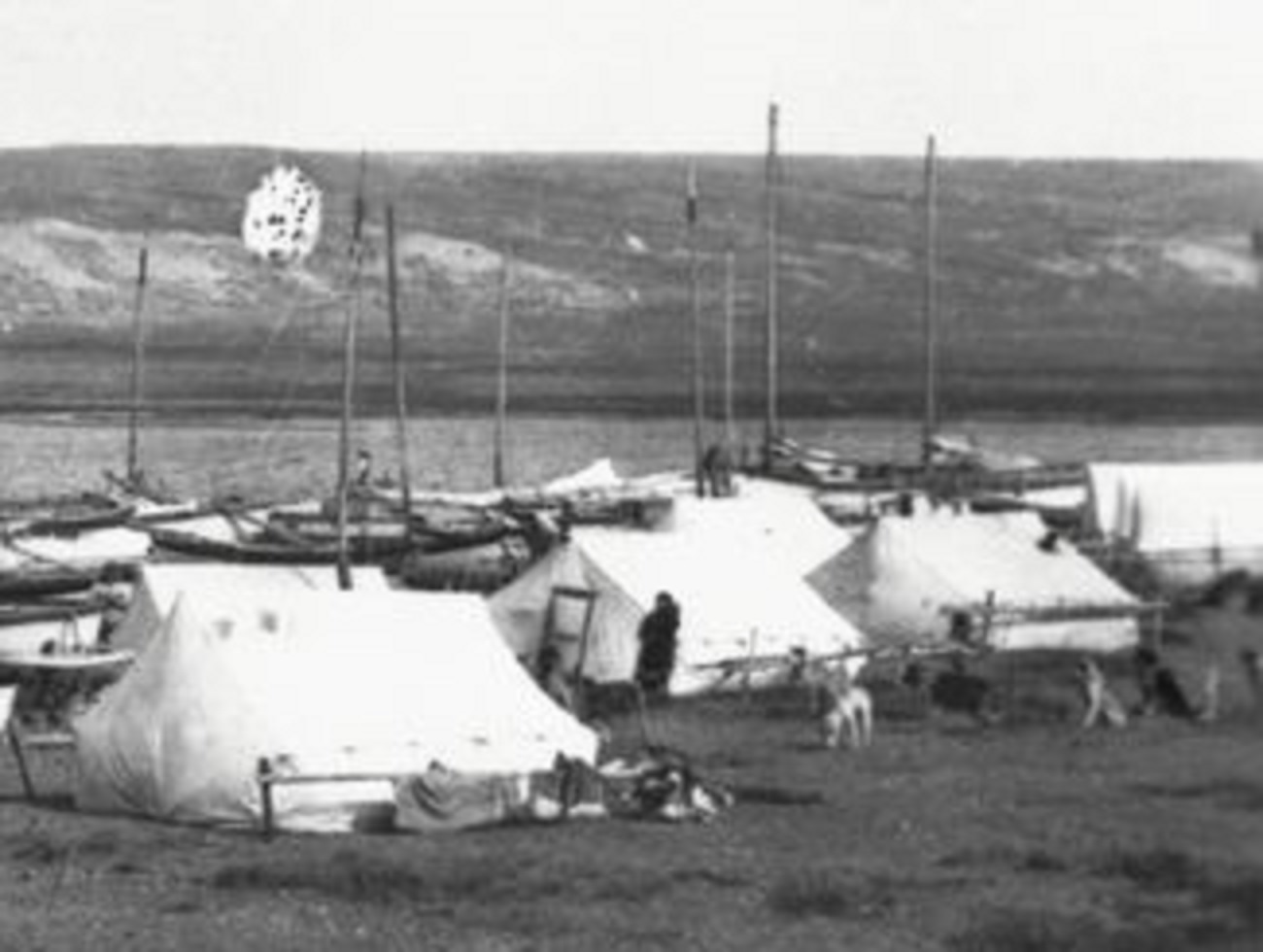 Photographic Archives, CC-BY-SA-4.0, Wikimedia Commons
Photographic Archives, CC-BY-SA-4.0, Wikimedia Commons
A Famous Fan
A year after Whalen shares his conclusion, a reader named Betty Hill writes in to dispute it. But Betty was not just any fan—she had a rather bizarre story of her own.
An Alien Abduction
Betty Hill, at the time, was the most famous self-described alien abductee in the world. She had claimed that while was on a ferry with her husband in the Bay of Fundy, she met Captain Larson—a Mountie who had spent nine years investigating the village’s disappearance.
 Universal History Archive, Getty Images
Universal History Archive, Getty Images
A Fellow Believer
According to Betty, Captain Larson’s opinion was that the villagers had all been abducted by UFOs. And from then on, it became a highlight in every alien enthusiast’s work.
However, the villagers were not the last thing to disappear.
 PeopleImages.com - Yuri A, Shutterstock
PeopleImages.com - Yuri A, Shutterstock
Disappearing Sources
Researchers opened the books once again—only this time, the original sources had all disappeared. The only evidence of this event was in publications written in the 70s, which quoted apparent sources, but had no way of citing them.
An Unsolved Mystery
In addition to a lack of sources, newspaper articles that had apparently previously existed also could no longer be found.
To this day, the vanishing village of Angikuni Lake remains an unsolved mystery.

